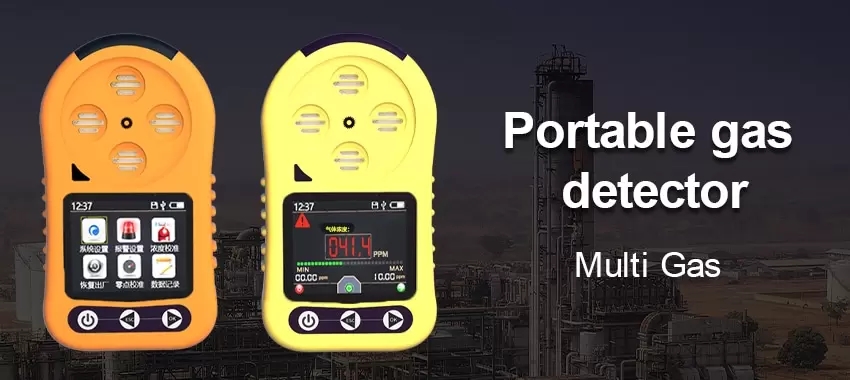Background;
A Methane Gas Sensor is a device used as an integral part of a stationary gas detection system to monitor and detect methane levels in the air expressed as % LEL (Lower Explosive Limit) levels or as volume percent levels.
There are two technologies used to make methane sensors, catalytic beads and infrared sensor technology. Catalytic bead sensors predate infrared sensors and are susceptible to poisoning by silicon, lead, sulfur, and halides. They also require frequent calibration and, while less expensive than infrared sensors, need to be replaced more frequently. Due to the lower cost, some end users still prefer to use catalytic bead sensors as methane sensors, especially in situations where there may be other flammable solvent vapor presets that catalytic bead sensors can detect, while infrared sensors will not.

Introduction of methane sensor
As a methane sensor, infrared sensor technology is now the main methane gas sensor in stationary gas detection systems to detect dangerous levels of methane in the air. Because infrared methane sensors do not require oxygen to operate, infrared methane sensors can also be used in 0-100% volume methane or other hydrocarbon gas process gas environments, such as natural gas pipelines, utility applications, and biogas applications.
The catalytic bead methane sensor operates as a simple Wheatstone bridge circuit in which active and reference filaments wound by platinum wire and a palladium-based catalyst change the proportional resistance between the active and reference beads of the methane sensor, relative to the amount of methane detected Proportional to the background of air.
Infrared gas detection instruments using infrared methane sensors usually use two wavelengths of infrared energy, one of the effective wavelengths is used for gas absorption, and the other is used as a reference wavelength to compensate for the influence of the output signal of the infrared detection system on temperature and humidity.

Calorimetric sensors and pyroelectric methane sensors
Calorimetric sensors are used to detect methane and other combustible gases in a variety of applications including coal mines, oil drilling and processing, and landfills. Calorimetric gas sensors can be divided into three types: catalytic gas sensors, adsorption gas sensors and thermal conductivity gas sensors. A calorimetric gas sensor usually consists of a temperature sensor, a catalytic burner and a heating device. The working mechanism of the calorimetric sensor is based on the principle of absorbing or releasing heat in a chemical reaction or physical adsorption process
Some advantages of pyroelectric methane sensors include their ability to operate in the absence of oxygen, good sensitivity and responsivity, and wide measurement range. It also performs well at room temperature without the need for constant cooling, reducing operating costs. Furthermore, the thermoelectric effect is a thermal process that does not involve any chemical reactions, thus reducing the risk of degradation. However, pyroelectric sensors are expensive and require high power supplies and large equipment to meet the need for a constant heat or infrared source, making them immobile and unsuitable for many applications.
 : +86 155 8830 2704
: +86 155 8830 2704 : jxdziot@gmail.com
: jxdziot@gmail.com
